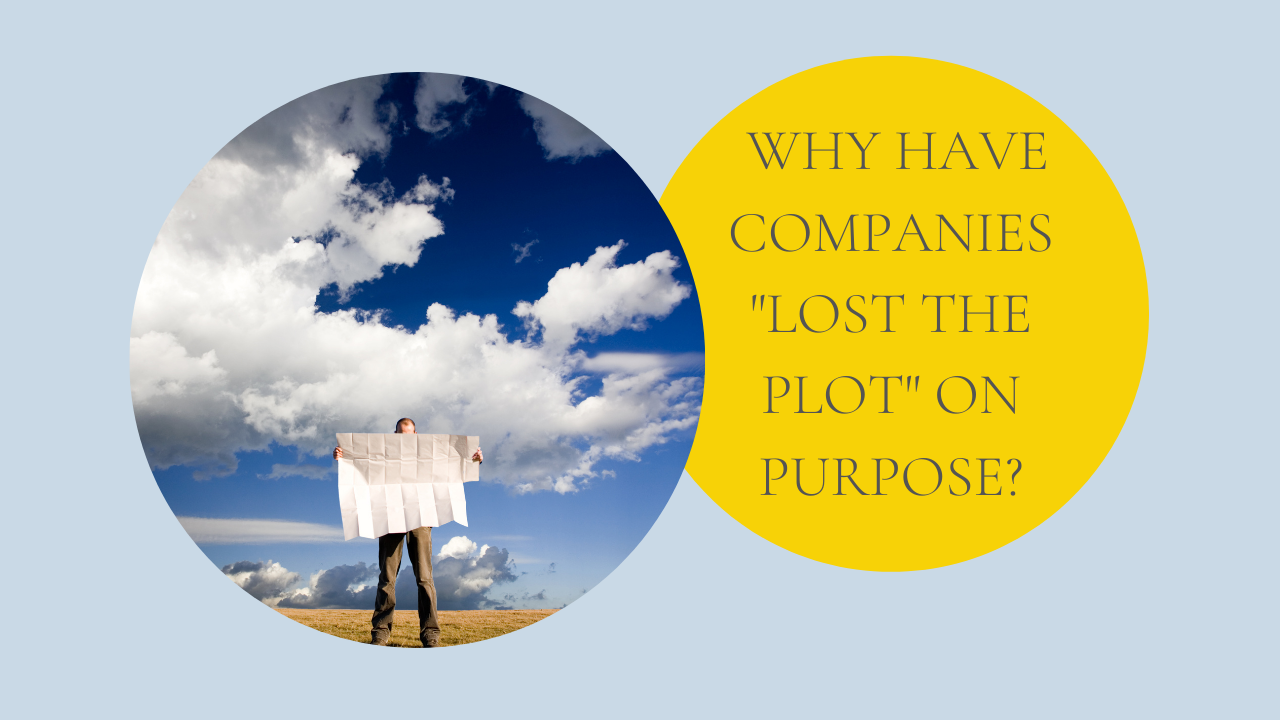Why have so many smart people “lost the plot” on brand purpose?

Purpose received one of its most brutal critiques last week when Terry Smith, manager of the £29bn Fundsmith Equity fund, lashed out at Unilever’s “ludicrous” focus on sustainability, in response to their poor -0.2% annual return to his shareholders.
He wrote that:
“Unilever seems to be labouring under the weight of a management which is obsessed with publicly displaying sustainability credentials at the expense of focusing on the fundamentals of the business.… A company which feels it has to define the purpose of Hellmann’s mayonnaise has in our view clearly lost the plot. The Hellmann’s brand has existed since 1913, so we would guess that by now consumers have figured out its purpose (spoiler alert — salads and sandwiches).”
Sadly, this is not a new thing. As I wrote in the 3 Problems With Purpose, the idea that your brand needs to be ALL about a social mission or sustainability is tripping up countless CEOs and founders.
So why have so many smart people “lost the plot" on ...
The 3 Problems With Purpose - And How To Overcome Them

Writing a purpose. Have you tried it yet?
Defining a purpose really means identifying WHY a business exists. It’s one of the four questions you have to answer for a client when defining their brand strategy.
But do a quick Google of the topic, and you’ll see lots of scathing comments about purpose done badly or ‘purpose-washing’.
So how can you ensure you create the right answer for your client?
Well, start by understanding the 3 ways it goes wrong.
Problem with purpose 1: AUTHENTICITY
The first problem with purpose is lack of AUTHENTICITY. Or just not telling the truth.
There are some great purpose statements out there from brands like Tesla, Warby Parker and Patagonia.

But these don’t suit every brand.
If you’re not in business to save the planet, solve racial inequality, save the whales… then don’t pretend you are.
The idea that your brand needs to be ALL about social mission – that 'brand purpose' trumps everything else you do - is tripping up countless CEOs ...


